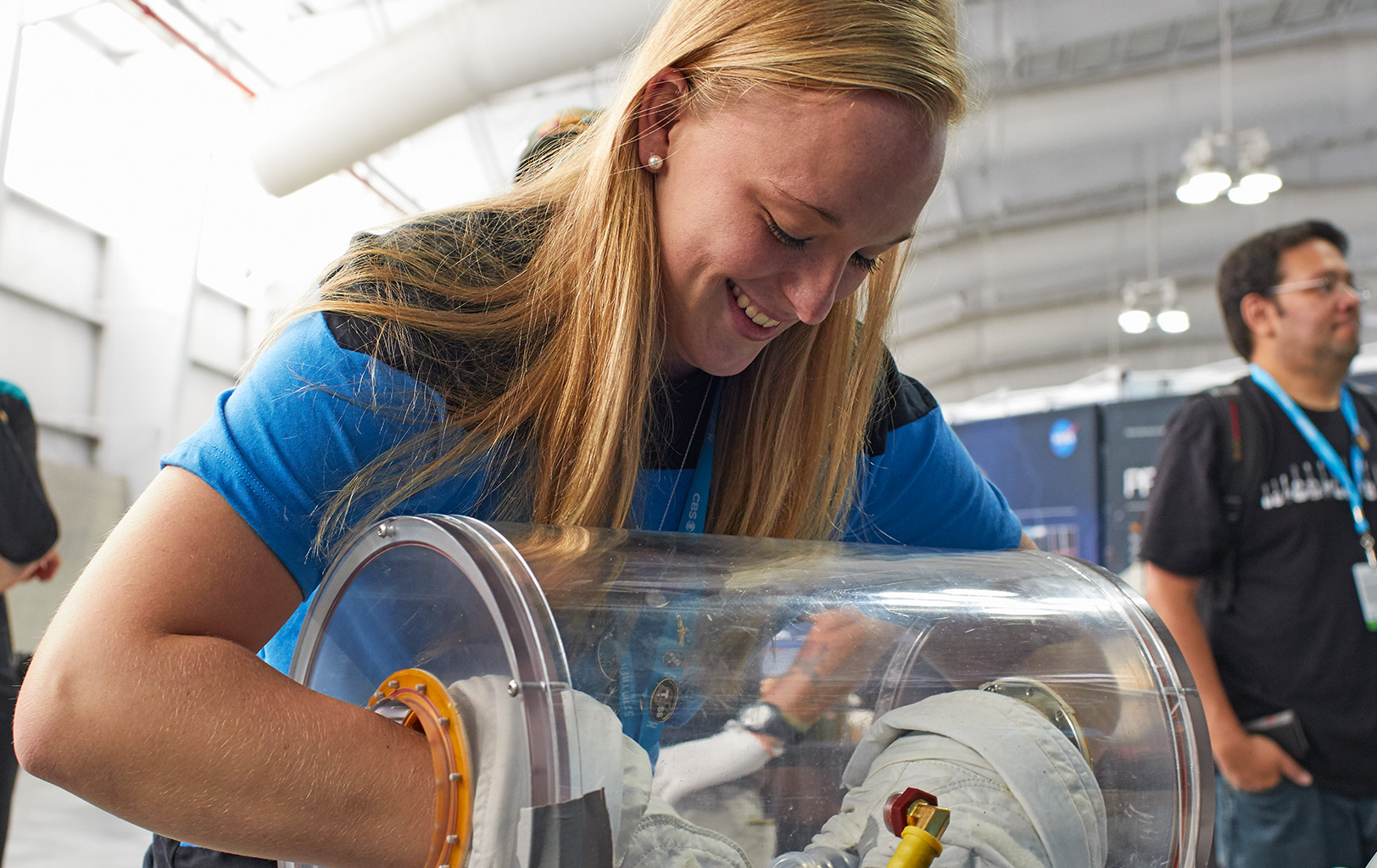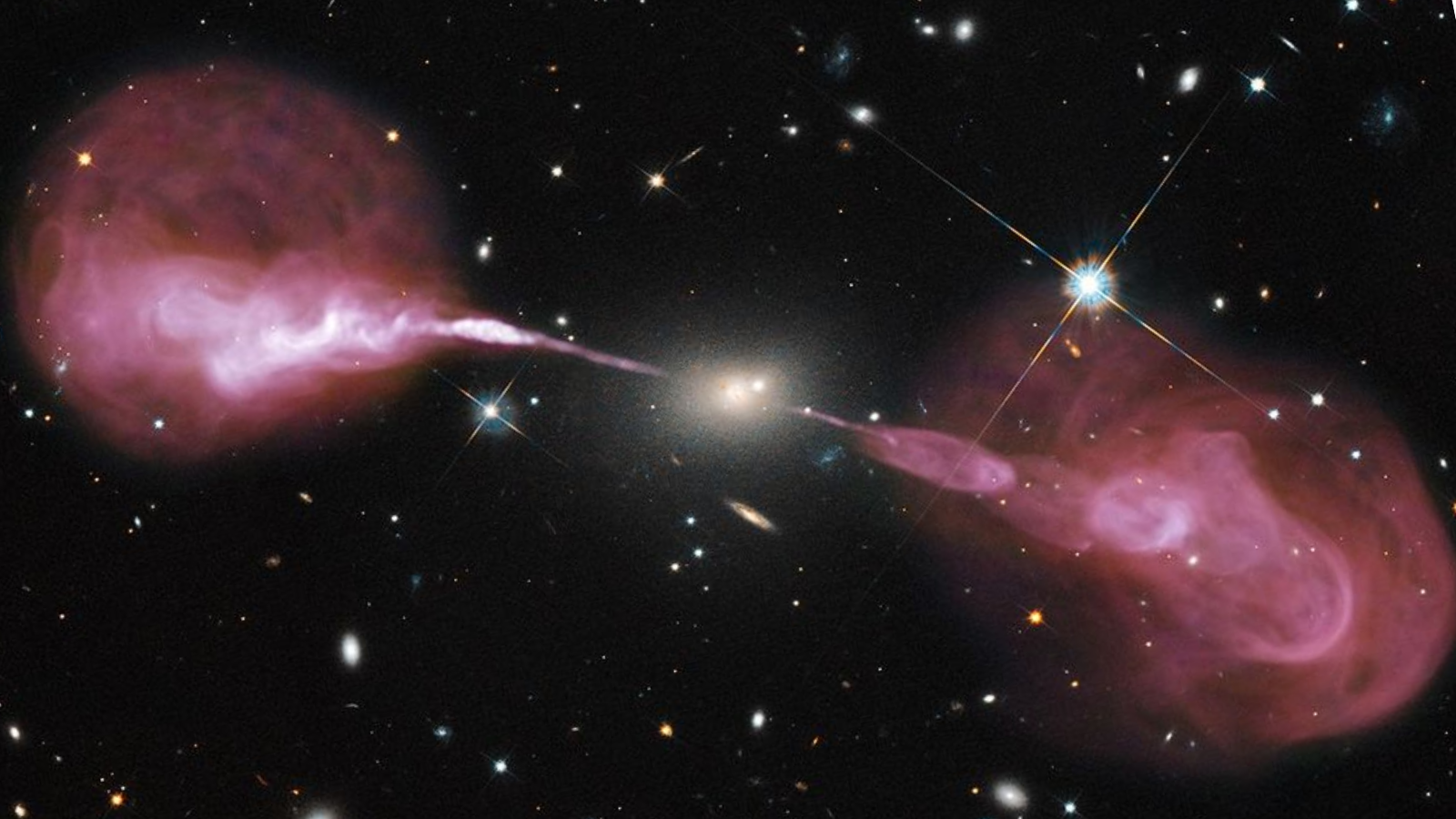James Webb Space Telescope captures thousands of galaxies in a cosmic 'feast' (image)
Galaxies shine like stars in the dazzling photo.
Galaxies speckle the heavens like stars in a stunning new photo of the deep and distant universe.
The James Webb Space Telescope (JWST) team shared a new image of a region of the sky called the COSMOS-Web field (short for Cosmic Evolution Survey). The image combines data collected by JWST's Near-InfraRed Camera (NIRCam) and the Hubble Space Telescope to create a "visual feast of galaxies," according to a statement from the European Space Agency (ESA). (ESA partners with NASA on the Hubble mission.)
The image contains a striking number of cosmic objects, ranging from stars within our own Milky Way galaxy, marked by diffraction spikes, to galaxies located billions of light-years away that serve as relics of the early universe.
In addition, the image captures the most massive group of galaxies in the COSMOS-Web field. This group can be seen just below the center of the image as white-gold glowing points of light. We see this group as it appeared when the universe was 6.5 billion years old, which is less than half its current age.
"More than half of the galaxies in our universe belong to galaxy groups like the one pictured here," ESA officials said in the statement. "Studying galaxy groups is critical for understanding how individual galaxies link up to form galaxy clusters, the largest gravitationally bound structures in the universe. Being part of a galaxy group can also alter the course of a galaxy's evolution through mergers and gravitational interactions."
The COSMOS-Web project aims to map the earliest structures of the universe and has observed galaxy groups as far back as when the universe was only 1.9 billion years old — just 14% of its current age.
The variety of objects captured in the new image includes a cosmic "buffet" of galaxies exhibiting features ranging from delicate spiral arms to warped disks and irregular structures signifying a recent collision or merger. The different colors highlight the objects' vast age range — younger stars appear bluer and older stars appear redder — and distance from Earth, as galaxies located further away appear more red, according to the statement.
Get the Space.com Newsletter
Breaking space news, the latest updates on rocket launches, skywatching events and more!
Join our Space Forums to keep talking space on the latest missions, night sky and more! And if you have a news tip, correction or comment, let us know at: community@space.com.

Samantha Mathewson joined Space.com as an intern in the summer of 2016. She received a B.A. in Journalism and Environmental Science at the University of New Haven, in Connecticut. Previously, her work has been published in Nature World News. When not writing or reading about science, Samantha enjoys traveling to new places and taking photos! You can follow her on Twitter @Sam_Ashley13.
You must confirm your public display name before commenting
Please logout and then login again, you will then be prompted to enter your display name.
